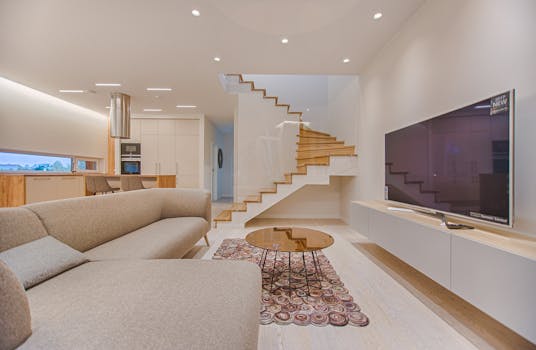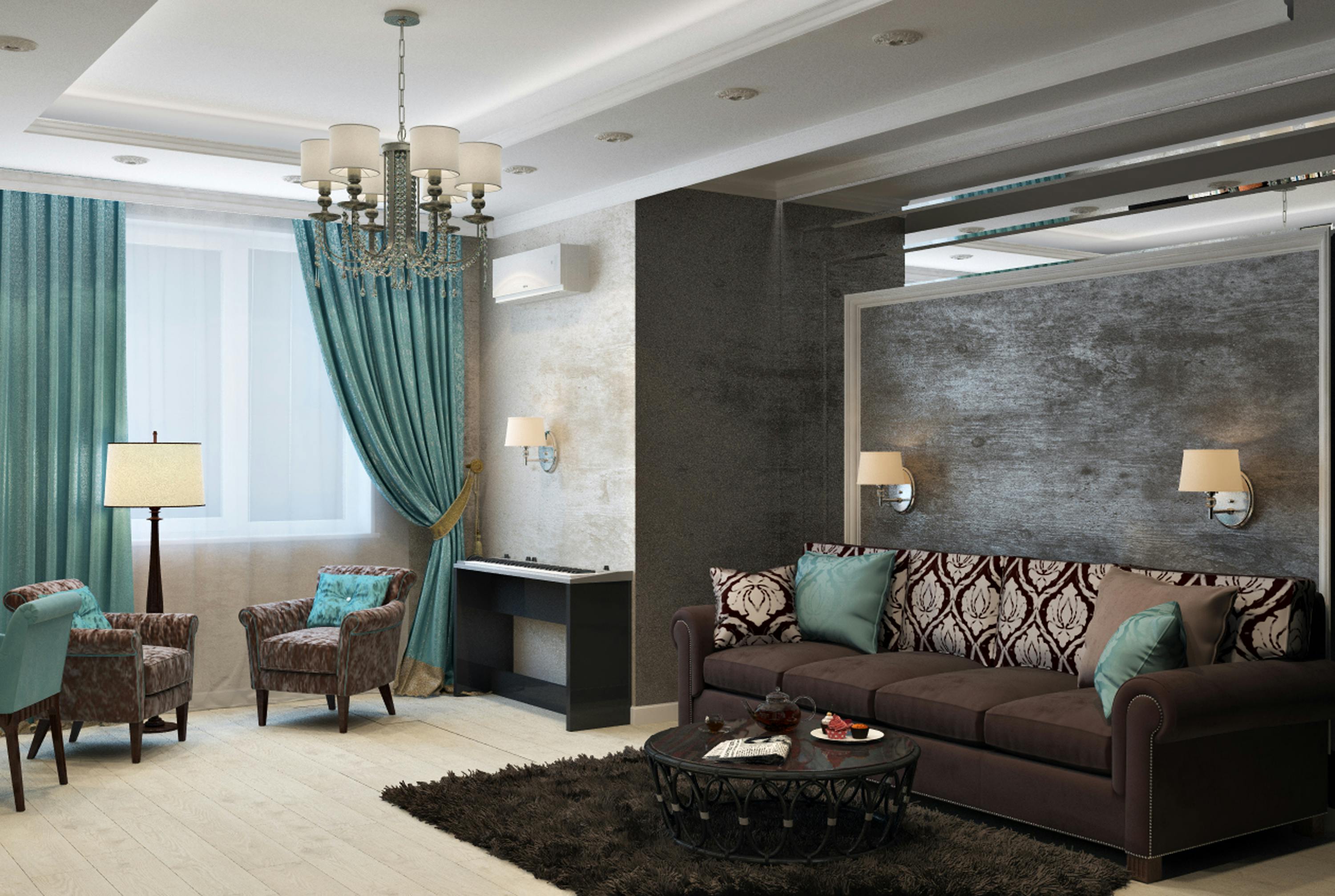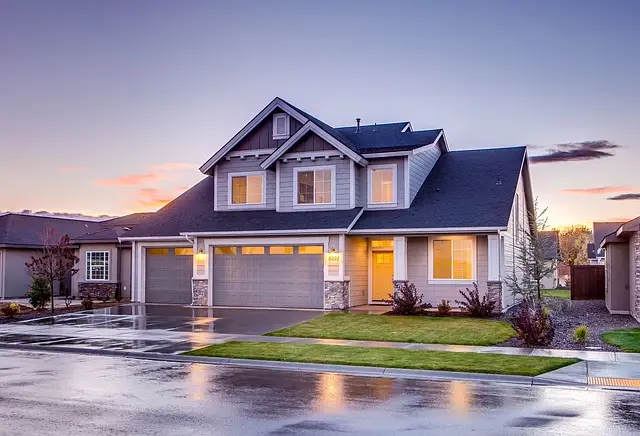5 characteristics of interior and exterior paints, including weather resistance


When selecting the right interior and exterior paint for a home or commercial space, choosing interior and exterior paint is crucial. Each type of paint is designed to meet specific environmental challenges, providing optimal protection and aesthetic appeal based on where it’s applied. In this article, we’ll explore the key characteristics of both interior and exterior paints to help you make an informed decision for your next painting project.
Interior Paint Characteristics
Interior paints are formulated with an emphasis on aesthetics and durability for indoor environments. Here are the primary characteristics:
1. Low VOCs (Volatile Organic Compounds)
Since interior paint is applied inside living spaces, it must have low or no VOCs. These compounds can emit fumes that might harm indoor air quality and cause health issues such as headaches or dizziness. Modern interior paints prioritize being eco-friendly and safe for human health.
2. Smooth Finish and Aesthetic Appeal
Interior paints are designed to provide a smooth, aesthetically pleasing finish. They come in various sheens, such as matte, eggshell, satin, and semi-gloss, to suit different preferences. Gloss levels are often chosen based on the function of the room—higher gloss for kitchens and bathrooms due to moisture and lower gloss for living spaces to hide imperfections.
3. Washability and Stain Resistance
High-quality interior paints are typically easier to clean and resist stains, making them ideal for high-traffic areas like hallways, living rooms, and children’s rooms. This characteristic helps to maintain the appearance of the walls even after repeated cleaning.
4. Durability in Controlled Environments
While interior paints are durable, they are formulated for environments without exposure to extreme weather conditions. They are made to resist scrubbing and minor impacts, making them last long in an indoor environment.
5. Wide Color Range
Interior paints often offer a broader color spectrum, catering to homeowners and designers who want to match colors with furniture and decor. Since the paint doesn’t have to withstand harsh outdoor conditions, the range of colors and textures is more diverse.

Exterior Paint Characteristics
Exterior paint is designed to endure the rigors of the outdoors, including varying weather patterns, sunlight, and temperature fluctuations. The following are the key characteristics of exterior paints:
1. Weather Resistance
Exterior paints are formulated to withstand harsh conditions like rain, snow, wind, and extreme sunlight. They contain additives that make them resistant to fading, cracking, and peeling. UV resistance is particularly important in preventing colors from fading over time.
2. Durability and Protection
Exterior paint creates a protective barrier against moisture, mold, and mildew, ensuring the structure beneath the paint remains intact. The durability of these paints helps to extend the life of a building’s exterior and reduces the need for frequent repainting.
3. Flexibility
Unlike interior paint, exterior paint needs to be flexible to expand and contract with temperature changes. This characteristic prevents the paint from cracking when exposed to freezing and thawing cycles, especially in regions with extreme weather.
4. Resistance to Dirt and Contaminants
Exterior paints are formulated to resist dirt and contaminants that can adhere to surfaces. This helps maintain a clean appearance and reduces the buildup of grime and pollution. Special additives also make them resistant to mildew and algae, especially in humid climates.
5. Fewer Color Options
Due to the need for durability and weather resistance, exterior paints often come in a slightly more limited color palette compared to interior paints. However, manufacturers are continuously improving their ranges to offer more colors that can withstand outdoor conditions.
Key Differences Between Interior and Exterior Paint
- Binders and Additives: Exterior paints contain tougher binders and additional ingredients to withstand outdoor elements. Interior paints focus more on smoothness and appearance.
- VOC Levels: Interior paints typically have lower VOCs, while exterior paints might have higher levels due to the stronger chemicals needed for outdoor durability.
- Aesthetic Focus vs. Functionality: Interior paints prioritize aesthetic appeal and variety, while exterior paints prioritize functionality and protection against weather.
Choosing the Right Paint for Your Project
The decision between interior and exterior paint depends entirely on the environment and the function of the space. For indoor projects, focus on low VOC, washable, and smooth finishes. For outdoor projects, prioritize paints that offer weather resistance, durability, and UV protection.
In summary, the characteristics of interior and exterior paints are tailored to meet specific needs. Understanding these key differences will help ensure that your paint job remains beautiful and long-lasting, regardless of the environment.

